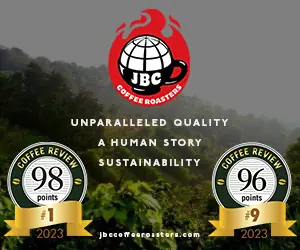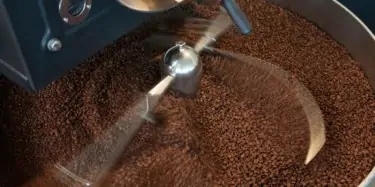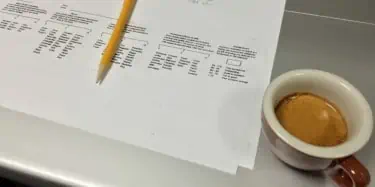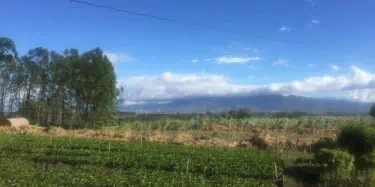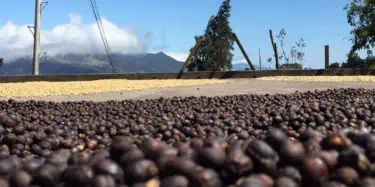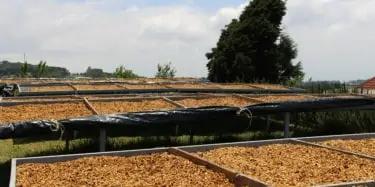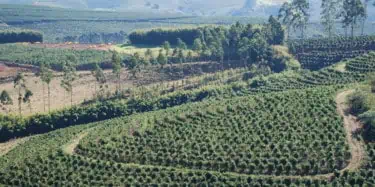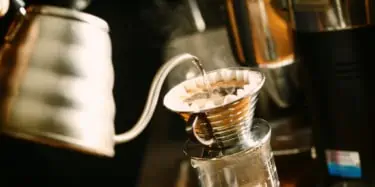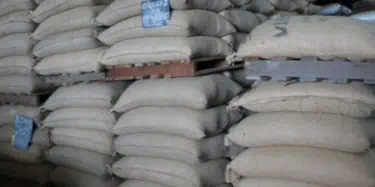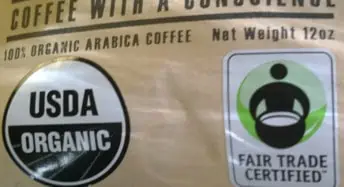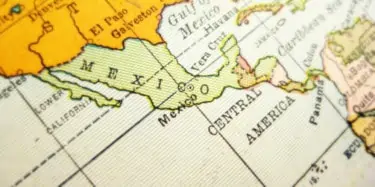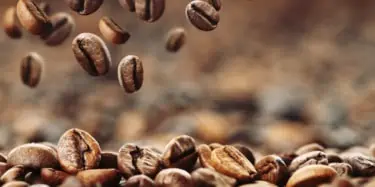According to Global Exchange, an international human rights organization based in San Francisco, there are more than 1,200 coffee roasters in the U.S. Aside from the consumer who ultimately purchases, brews and drinks coffee, the coffee roaster is the end of the line in a complex supply chain that involves tens of millions of people, including producers in 50 coffee-growing countries; those who
Tasting Reports – Most Recent
Coffee Review has published more than 250 monthly coffee tasting reports since February 1997. The most recent tasting reports appear below in reverse chronological order. You may narrow your search by category from the main navigation drop-downs or by using the key word search feature that appears in the page header. The content in tasting reports and associated reviews was correct at the time of publication but may not remain accurate over time.
Top 30 Coffees of 2016
We are pleased to present our list of the Top 30 Coffees of 2016, Coffee Review’s fourth annual ranking of the most exciting coffees we reviewed over the course of the past year. In 2016, we cupped thousands of samples and published nearly 400 coffee reviews. Approximately 90 of the reviewed coffees scored 94 points or higher. Obviously, all coffees earning scores of 94 points or more are
Holiday Gift Coffees 2016
At the end of each year, we ask roasters for coffees they are offering consumers as special holiday selections, whether blends they have composed specifically to commemorate the holidays or single-origin coffees considered special in some way — perhaps because of limited availability, relative rarity or unusual quality. This year, we received 35 samples, ranging from small-production, quite
New-World Espressos: Single-Origin Espressos from the Americas
We were not sure what to expect when we scheduled this month’s tasting of single-origin espressos from coffees grown in the New World (meaning coffees from the Americas rather than from Africa or the Pacific). Would we receive a run of light-roasted, brightly acidy, perhaps sharp espressos of the style that seems to have become fashionable over the past few years among some smaller, leading-edge
Costa Rica 2016: Innovation and Success in a Changing Market
It has been more than a decade since Coffee Review explored Costa Rica coffees in depth, though we cup many individual samples each year from this small, coffee-celebrated Central American country. In the last year alone, we reviewed 26 Costa Rica coffees at ratings of 91 to 96, including one, Temple Coffee’s Costa Rica Alberto Guardia Venecia Honey (94), which landed at the #17 spot on our 2015
Beyond the Review: Celebrating Coffees in Depth
This is not your typical Coffee Review tasting report. In fact, it is something of an unplanned improvisation. We originally had scheduled a tasting report on coffees of Costa Rica this month, but we decided to postpone it until next month, October. It turned out that Costa Ricas were slow to arrive in roasters’ warehouses this crop year, and we feared that if we rushed the article we would miss
Honey-Processed Coffees: Quiet Adventure
Honey coffee, honey-processing – what wonderful coffee language! It’s a language that sells (after all, most of us like honey), but it sells honestly. I can’t think of a better descriptor than “honey” for a process in which coffee beans are dried with the sticky-sweet, golden layer of fruit flesh still clinging to them, rather dried after the fruit flesh has been completely removed as it is in the
Learning from Sumatras
I’ve been cupping coffee professionally for less than a year. Ken Davids first hired me at Coffee Review last August, given that my background in food and wine writing, as well as in academia, seemed a good enough calling card to dip into the world of coffee. But, of course, in order to properly do this work, I would need to be trained in cupping, the rigorous sensory evaluation of coffee. While
Some Single-Origin Coffees from Australian Roasters
Over the last several decades Australia has developed a particularly vibrant specialty coffee scene. Cities seethe with cafés and café-goers. No consumer coffee events I’ve ever witnessed elsewhere have come close to the energy and sheer scale of Australian coffee festivals. And coffee in Australia continues to be appealingly local, as independent cafés considerably outnumber chain locations in
Brazil Naturals: Tradition Meets Trend
Although Coffee Review has published a number of articles over the years focusing on coffees from Brazil, we have never specifically focused on the coffee type generally called “Brazil naturals”: Brazil coffees of the Arabica species that have been dried inside the fruit rather than after the fruit has been removed (as is the case with conventional “washed” or wet-processed coffees). Brazil
When the Small Get Big (and the Big Try for Small)
We know them. These are the coffee roasting companies that made their reputations as innovative locally based roasters, and eventually came to model a new kind of coffee institution, one built around a revived intimacy between coffee and customer, precisely described high-end microlot coffees brought to dramatically light roasts, minimalist café interiors, free public cuppings, and pedagogical
Macro-Lots 2016: Everyday Coffees, High Ratings, Good Values
Many high-scoring coffees we cup at Coffee Review come from micro-lots: small, sometimes tiny, lots of green coffee from a single farm or cooperative, often produced from a single tree variety, and often processed in some special or distinctive way. Given how rare they are, these micro-lots are usually available to consumers for only a brief window of time. Such micro-lots also are typically more
Trolling the Supermarkets for Single-Origin Coffees
Every month Coffee Review publishes reviews of exceptional, often extraordinary single-origin coffees: green coffees produced in a single country, from a single crop, from a single farm or cooperative and, often, from a single variety of tree. These coffees are usually roasted and packaged by smaller roasting companies, however, so unless you happen to live in the immediate neighborhood of one of
Top 30 Coffees of 2015
We are pleased to present our Top 30 Coffees of 2015, Coffee Review’s third annual ranking of the most noteworthy coffees among those we reviewed over the past twelve months. In 2015, we cupped thousands of samples and published more than 300 coffee reviews. Approximately ninety of the reviewed coffees scored 94 points or higher. Obviously, all coffees earning scores of 94 points or more are
Holiday Coffees 2015
Both from the practical goal of generating gift ideas for coffee aficionados and from the wonkier goal of understanding current trends in high-end coffee, this month’s sampling of thirty-five holiday coffees appears productive. The only criterion we imposed on the coffees we reviewed was availability: We asked that they be on sale throughout the holidays. But the larger expectation was, of course,
Fair Trade Certified Coffees
Consumers who prefer to buy coffees that promise to reconcile pleasure with generosity toward the people and environment responsible for that pleasure, and who want to feel some solid confirmation regarding the generosity part, should find useful recommendations among the ten coffees reviewed this month. Nine of the ten are Fair Trade Certified, meaning that, according to the certifier, Fair Trade
Traditional Coffees of Central America: Quest for the Classic
We’ve seen two conflicting, yet overlapping, trends at the growing end of specialty coffee over the past decade. On one hand, greater and greater homogeneity. Traditional coffee tree varieties, varieties that may not taste unique, but do taste subtly different, are being replaced by disease-resistant, higher-yielding varieties that incorporate robusta genes and, well, usually don’t taste different
Coffees of Kenya 2015: Still Great, Still Kenya
One thing that can be said about this month’s survey of 32 Kenya coffees from 26 specialty roasters is that the good samples — and there were many — were not just exceptional, but exceptional in a thoroughly Kenyan way. In fact, the 23 Kenya samples that rated 90 or better often provoked rather repetitive key descriptors: deep, pungent, sweetly tart; black currant, dark chocolate, various citrus
Decafs 2015: The Splendid, The Strange, The Listless
Some observations about decaffeinated coffees prompted by this month’s modest sampling of decafs from twelve American specialty roasters. Observation one: Most decaffeinated coffees continue to be bad, in some cases close to foul. Not only are the sensory profiles flattened and simplified by the brutality of the decaffeination process, but this process often adds mysterious flavor notes to the
Blends 2015: Quietly Agreeable with Some Fireworks
Blends (particularly those designed for regular brewed coffee) have been out of fashion at the top end of in American specialty coffee for some time now – say for the last ten to fifteen years. The excitement has been focused on “single-origin” coffees, meaning coffees from a single growing region (the broadest definition), or (a more rigorous definition) from a single farm or co-op, or (most





